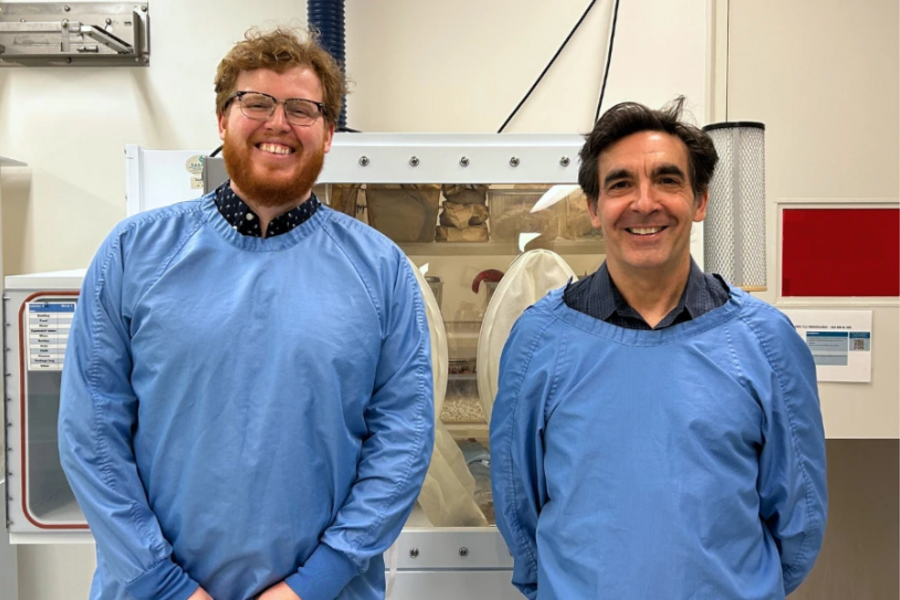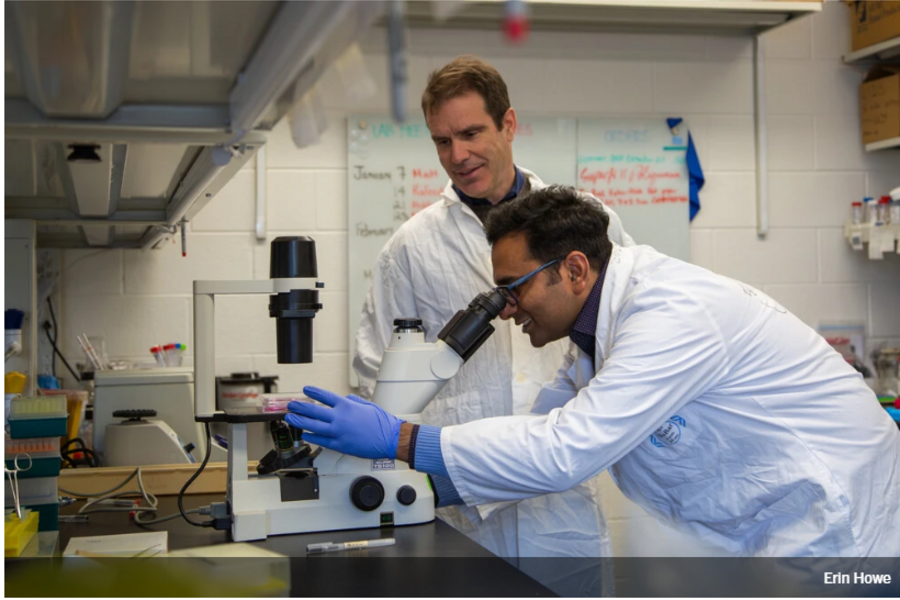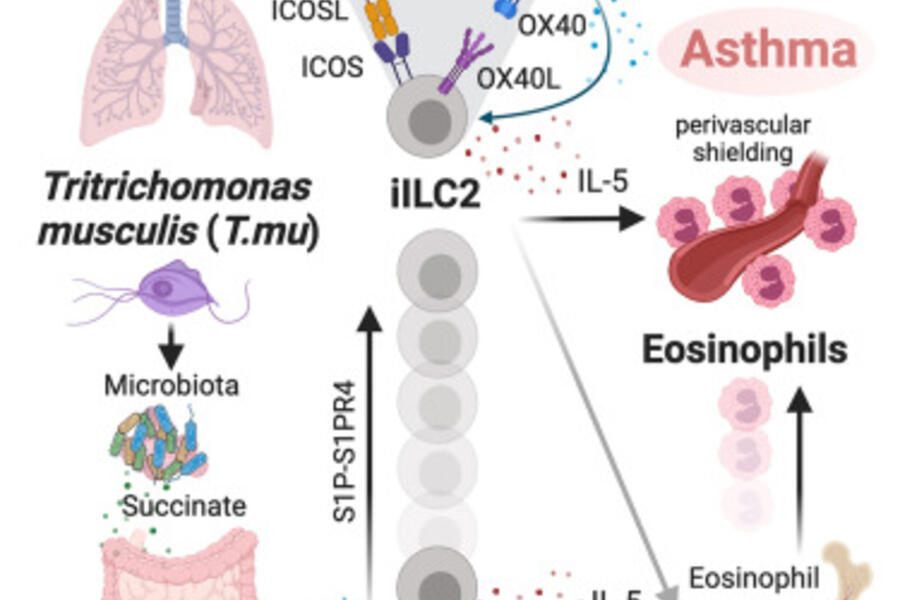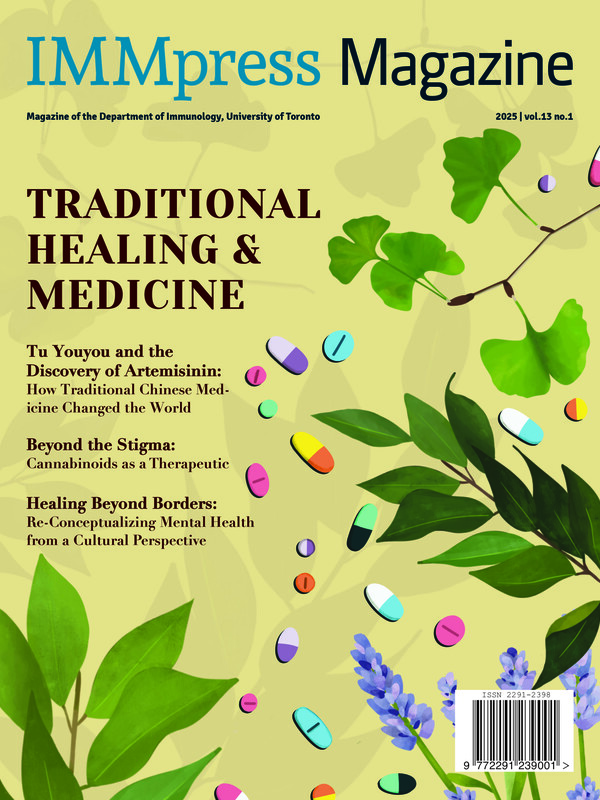Who do I contact?
Education & Admissions
- Graduate Programs - graduate.immunology@utoronto.ca
- Undergraduate Programs - undergraduate.immunology@utoronto.ca
- Admissions - admissions.immunology@utoronto.ca
- Immunology Summer Student Research Program (ISSRP) - issrp@utoronto.ca
Administration
- Business Office/Business Manager - manager.immunology@utoronto.ca
- For USW contracts, budgeting, or other operational needs
- Administrative - administration.immunology@utoronto.ca
- For Website Updates, Room Bookings, Catering, Events, FOB Access Issues & Service Order Requests
- FOB Access Request form: https://immunology.utoronto.ca/form/immunology-access-request-form.
- Communications & Announcements (out-going only) - communications.immunology@utoronto.ca
Finances
- Reimbursements - reimbursement.immunology@utoronto.ca
- Invoices - accounting.immunology@utoronto.ca
- Honoraria - administration.immunology@utoronto.ca
Academic Appointments & Meeting with the Chair
For Academic Appointment Process Inquiries or chair's office-related inquiries, please contact chair.immunology@utoronto.ca
- Appointments
- Promotions
- Reviews
- Research and Study Leave
- Workload Assignment
- Faculty Meeting
Alumni
- Alumni Affairs - alumni.immunology@utoronto.ca
Upcoming Department Events
Post-Doc/RA Coffee Chat - “How to build your network for future career opportunities”
PDF/RA Seminar: Razieh Eshraghisamani & Kei Haniuda
PDF/RA Seminar: Carolina de Amat Herbozo & Tapas Mukherjee
IGSA Fall 2025 Retreat
Dr. Bhupesh Kumar Thakur named the 2025 BD Biosciences Immunology Postdoctoral Research Award recipient

- Congratulations to Dr. Bhupesh Kumar Thakur on being named the 2025 BD Biosciences Immunology Postdoctoral Research Award recipient!
- The BD Biosciences Immunology Postdoctoral Research Award will take place on 10 APRIL 2025.
- Call for ABSTRACTS for PDF Research Day CLOSED - Deadline: 20 March 2025 (5PM)
Scientists discover a new connection between gut microbiome and inflammation through ‘happy accident’

Working with PhD candidate, and now Postdoctoral Fellow, Dr. Nathaniel Winsor, they discovered an issue in mice they were using to study the interaction of the gut microbiome and colon cancer. Facing a dilemma – scrap two years of experiments or start again and dig deeper into the issue – they chose to follow their curiosity which could now change our understanding of the role of parasites in gut inflammation. Their study, a culmination of 10 years of investigation, has recently been published in Cell Host & Microbe
Study uncovers how low-carb diet drives colorectal cancer development

Researchers from the University of Toronto have shown how a low-carbohydrate diet can worsen the DNA-damaging effects of some gut microbes to cause colorectal cancer.
The study, published in the journal Nature Microbiology, compared the effects of three different diets — normal, low-carb, or Western-style with high fat and high sugar — in combination with specific gut bacteria on colorectal cancer development in mice.
Dr. Arthur Mortha receives Visiting Research Professorship Award as recognition by the Canadian Association of Gastroenterologists

Congratulations to Dr. Arthur Mortha for receiving the Visiting Research Professorship Award as recognition by the Canadian Association of Gastroenterologists!
Dr. Eleanor Fish receives Medal of Appreciation for COVID-19 Contributions

Congratulations to Dr. Eleanor Fish for receiving a medal of appreciation for her exceptional contributions to Canada’s response against COVID-19 from the Chief Science Advisor of Canada - Dr. Mona Nemer and the Government of Canada!
Dr. Jen Gommerman named as one of the Distinguished Fellows of AAI - Class of 2025

Congratulations to Dr. Jen Gommerman (Chair, Department of Immunology) for being selected by the American Association of Immunologists (AAI) as a Distinguished Fellow of AAI —Class of 2025!
U of T study uncovers how a new gut microbe drives the gut-lung axis

In a new study published today in the journal Cell, Artuhur Mortha, Kyle Burrows and his colleagues focused on a different category of microorganism called protozoa. These microbes are also single-celled like bacteria, but much bigger and with more complex bodies. While most known protozoa are classified as parasites, several lesser-known species can live in symbiotic relationships with their animal hosts.
Read more about the study in this article.
Dr. Jasty Singh receives Cheryl Regehr Early Career Teaching Award

Congratulations to Dr. Jasty Singh for receiving the Cheryl Regehr Early Career Teaching Award at the Excellence in Teaching reception hosted by the University of Toronto!
Dr. Singh is the Associate Chair - Undergraduate Studies & an Associate Professor - Teaching Stream within the Department of Immunology, Temerty Faculty of Medicine, University of Toronto.
Read more about her accomplishment and approach to teaching in this article.
Dr. Pailin Chiaranunt - 2024 Chorafas Foundation Prize Recipient

Congrats to Dr. Pailin Chiaranunt, recent PhD Immunology alumna from Dr. Arthur Mortha's Lab within Temerty Faculty of Medicine, University of Toronto, for being one of just TWO University of Toronto recipients of the prestigious 2024 Chorafas Foundation Prize.
Dimitris N. Chorafas Foundation information & the full list of winners can be found here.
Dr. Veronique Miron - Member of the Royal Society of Canada's College of New Scholars, Artists and Scientists

Congratulations to Dr. Veronique Miron from the Department of Immunology at the University of Toronto for being elected as a Member of the Royal Society of Canada's College of New Scholars, Artists and Scientists!
Read more about it in this U of T Article.
Dr. Janna Shapiro receives Alice Wilson Award from Royal Society of Canada

Congratulations to Dr. Janna Shapiro, co-supervised by Dr. Tania Watts, Immunology, and Dr. Shelly Bolotin, Dalla Lana School of Public health, for receiving the Alice Wilson Award from the Royal Society of Canada.
Read more about it in this U of T Article.
RECENT PUBLICATIONS FROM OUR DEPARTMENT
Zheng CX, Liu SF, et al. 2025. Cholinergic T cells revitalize the tumor immune microenvironment: TIME to ChAT. Nature Immunology. 26:665-677
Granato A, Xie QY, et al. 2025. Metabolic Dysfunction Associated With Alterations in Gut Microbiota in Adolescents With Obesity. Diabetes. 74:720-733
Zhou YL, Gao Y, et al. 2025. QKI-induced circ_0001766 inhibits colorectal cancer progression and rapamycin resistance by miR-1203/PPP1R3C/mTOR/Myc axis. Cell Death Discovery. 11
Thayaparan D, Emoto T, et al. 2025. Endothelial dysfunction drives atherosclerotic plaque macrophage-dependent abdominal aortic aneurysm formation. Nature Immunology. 26
Sacco JJ, Kirk P, et al. 2025. Evolution of the tumor immune landscape during treatment with tebentafusp, a T cell receptor-CD3 bispecific. Cell Reports Medicine. 6
Kirolos N, Mtaweh H, et al. 2025. Risk Factors for Severe Disease Among Children Hospitalized With Respiratory Syncytial Virus. Jama Network Open. 8
Crome SQ, Tsai S. 2025. The art of war: burning stores to fuel anti-viral immunity. Nature Metabolism.
Shapiro JR, Simard N, et al. 2025. Fluorescent Cell Barcoding of Peripheral Blood Mononuclear Cells for High-Throughput Assessment of Vaccine-Induced T Cell Responses in Low-Volume Research Samples. Cytometry Part A.
Chung DC, Shakfa N, et al. 2025. CD103+CD56+ ILCs Are Associated with an Altered CD8+ T-cell Profile within the Tumor Microenvironment. Cancer Immunology Research. 13:527-546
Miliotis H, Lee NHR, et al. 2025. Embedding professional development within the curriculum of graduate programs: An impact survey from biomedical departments in a faculty of medicine. Plos One. 20
Spaner DE. 2025. Effect of Statins in the Watch and Wait Phase of Chronic Lymphocytic Leukemia. Cancer Medicine. 14
Hill BM, Holloway RK, et al. 2025. Monocyte-secreted Wnt reduces the efficiency of central nervous system remyelination. Plos Biology. 23
Feld JJ, Gehring AJ, et al. 2025. Getting to HBV Cure - will new biomarkers help?. Hepatology.
Guvenc F, Danska JS. 2025. The intestinal microbiome in type 1 diabetes: bridging early childhood exposures with translational advances. Current Opinion In Immunology. 94
Wong MK, Boukhaled GM, et al. 2025. Microbial Ecosystem Therapeutics 4 (MET4) elicits treatment-specific IgG responses associated with changes in gut microbiota in immune checkpoint inhibitor recipients with advanced solid tumors. Journal For Immunotherapy Of Cancer. 13
Last Updated May 13, 2025
COVID-19 INFORMATION
See the basic research related to, and informational pamphlets about the COVID-19 pandemic from our faculty and students.
COVID-19, VACCINES AND HOW THEY WORK
View a presentation from Professor Tania Wattsexplaining the immunology of COVID-19 as well as information relating to the newly developed vaccines.

IMMPress Magazine
Modern medicine focuses on understanding the fundamental mechanisms of health and disease at the molecular, cellular, and systemic levels, and is characterized by its emphasis on evidence-based approaches. However, human health has been a topic of study since the dawn of civilization. In this issue of IMMpress Magazine, we seek to explore traditional medical heritages from around the world and assess their place in the ever-advancing field of medical knowledge. As we delve into these diverse practices, we aim to better understand their relevance and potential intersection with contemporary medicine, allowing for a more holistic perspective on health and healing.

UofTMed
UofTMed is an alumni magazine like no other. Bold, ambitious and lively, we dive into medicine’s most pressing topics. Read the latest issue of UofTMed magazine, with all your favourite regular departments and provocative feature articles.

